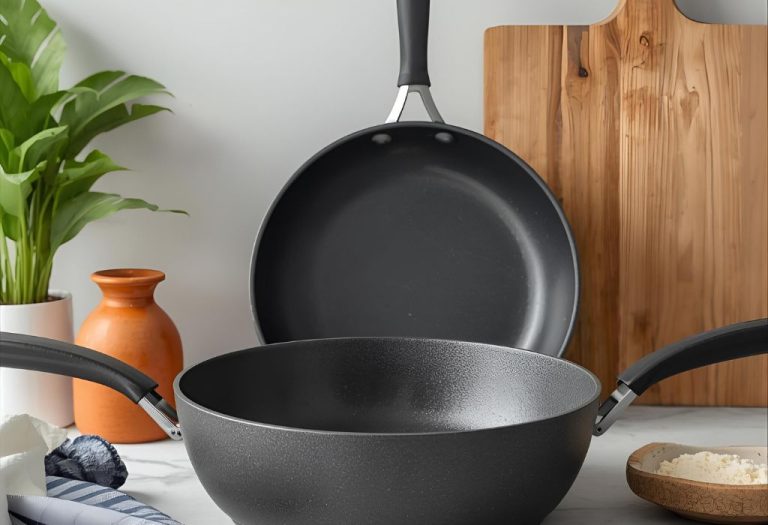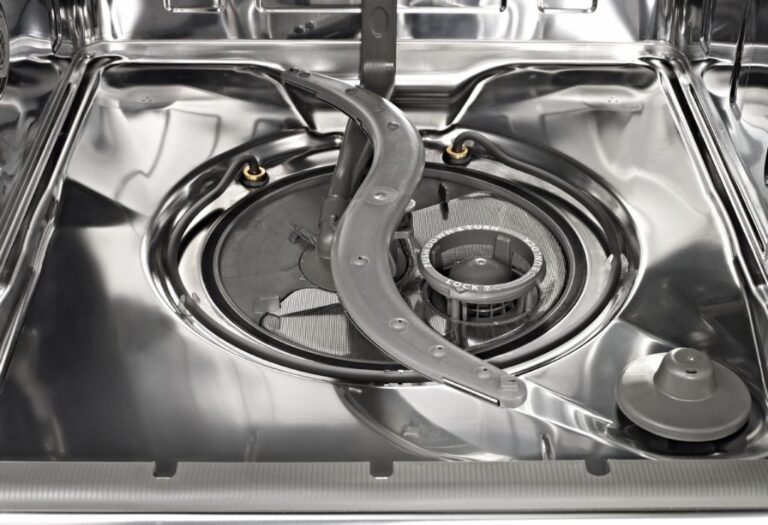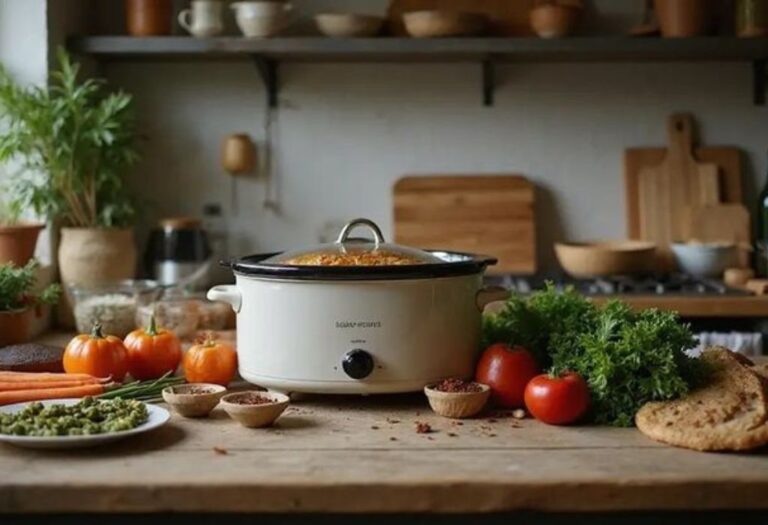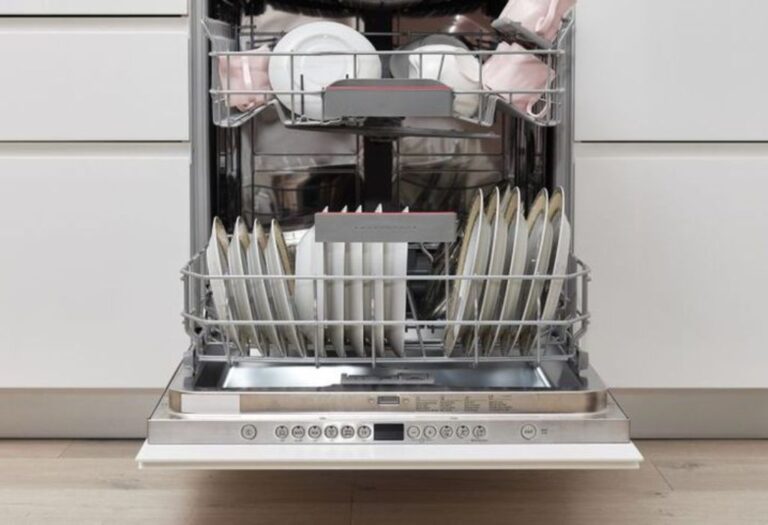A shiny ceramic frying pan often comes with bold claims of being safer, greener, and healthier than traditional cookware. Many households are drawn to the promise of chemical-free cooking and easy cleanup.
The question remains: is ceramic cookware healthy or is it just clever marketing? Some experts praise its PFAS-free surface, while others raise concerns about coating durability and misleading labels.
Curiosity is growing as consumers learn more about PFAS and PTFE, chemicals long used in conventional non stick pans. Studies show that overheating PTFE can release fumes, a fact that fuels demand for safer alternatives [Healthline].
At the same time, research suggests ceramic coatings often wear down faster than traditional non stick. Tests show that many ceramic pans lose slickness within two to three years, raising questions about long-term value [Consumer Reports].
The appeal of ceramic cookware lies in its non toxic promise and ability to handle higher heat without releasing harmful fumes. Its eco-friendly image and sleek design make it even more attractive for modern kitchens.
Yet buyers must weigh these benefits against potential drawbacks. A pan that loses performance quickly may not deliver the safety and convenience it promised at purchase.
What “Ceramic” Really Means in Cookware
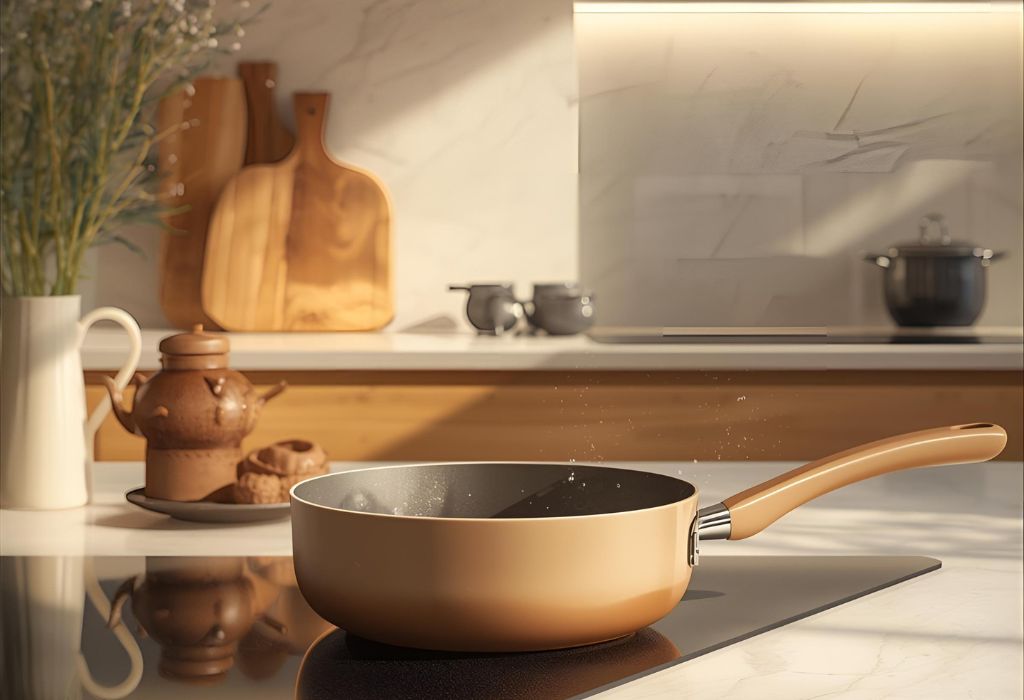
Ceramic cookware is not always the same as fully ceramic dishes or clay pots. Most modern options labeled “ceramic” are actually metal pans, often aluminum, coated with a silica-based sol-gel layer that creates a smooth non stick surface.
This coating is marketed as PFAS-free and PTFE-free, making it attractive to buyers looking for healthier cookware. Unlike traditional Teflon pans, it does not contain chemicals that can break down into fumes at high temperatures.
There are also 100% ceramic cookware pieces made entirely from clay and glaze. These are heavier, more fragile, and typically used for baking or slow cooking rather than everyday stovetop use.
The difference between ceramic-coated and fully ceramic cookware matters when evaluating health claims. Coated pans provide convenience and affordability, but their thin surface layer can degrade faster under heat, abrasion, or dishwasher cycles.
Understanding this distinction helps consumers cut through marketing language. When asking is ceramic cookware healthy, the answer depends on whether the cookware is a durable, high-quality ceramic-coated pan or a fragile, fully ceramic pot.
Is Ceramic Cookware Healthy? Safety Claims vs Reality
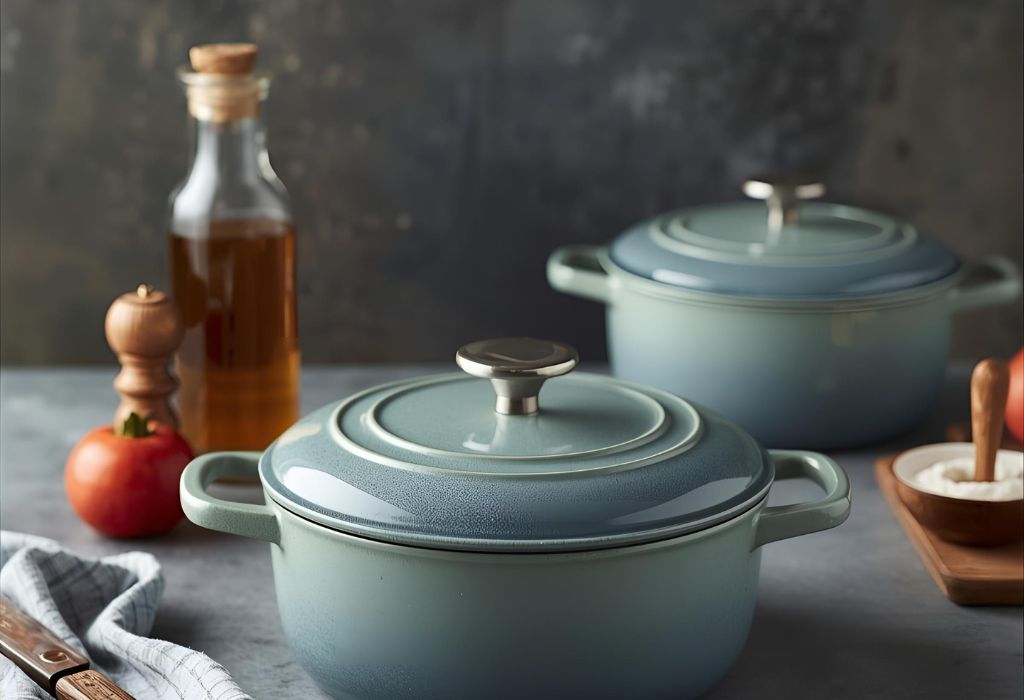
One of the strongest selling points of ceramic cookware is its PFAS-free and PTFE-free label. Traditional non stick pans that use PTFE can release harmful fumes if overheated, while ceramic coatings are designed to tolerate higher temperatures without breaking down.
From a chemical safety perspective, ceramic cookware offers clear advantages. It eliminates concerns about PFOA and related compounds that have been linked to environmental and health issues.
However, “healthy” means more than just avoiding toxic chemicals. Some low-quality ceramic glazes and coatings may still contain trace amounts of heavy metals like lead or cadmium. Reputable brands test their products to ensure compliance with safety standards, but not all cookware is created equal.
Another consideration is the longevity of the non stick surface. A pan that loses its coating within a few years may require replacement, leading to more waste and potential exposure to degraded surfaces. This raises questions about whether ceramic cookware is truly a long-term healthy investment.
Independent testing has also shown that some cookware marketed as ceramic may contain additional materials beyond the advertised silica coating. This highlights the importance of transparency in labeling and choosing trusted manufacturers.
When evaluating is ceramic cookware healthy, the short-term answer leans yes due to its PFAS-free construction and high-heat resistance. The long-term answer depends heavily on product quality, brand integrity, and proper care in the kitchen.
Performance & Longevity: Where Ceramic Shines and Struggles
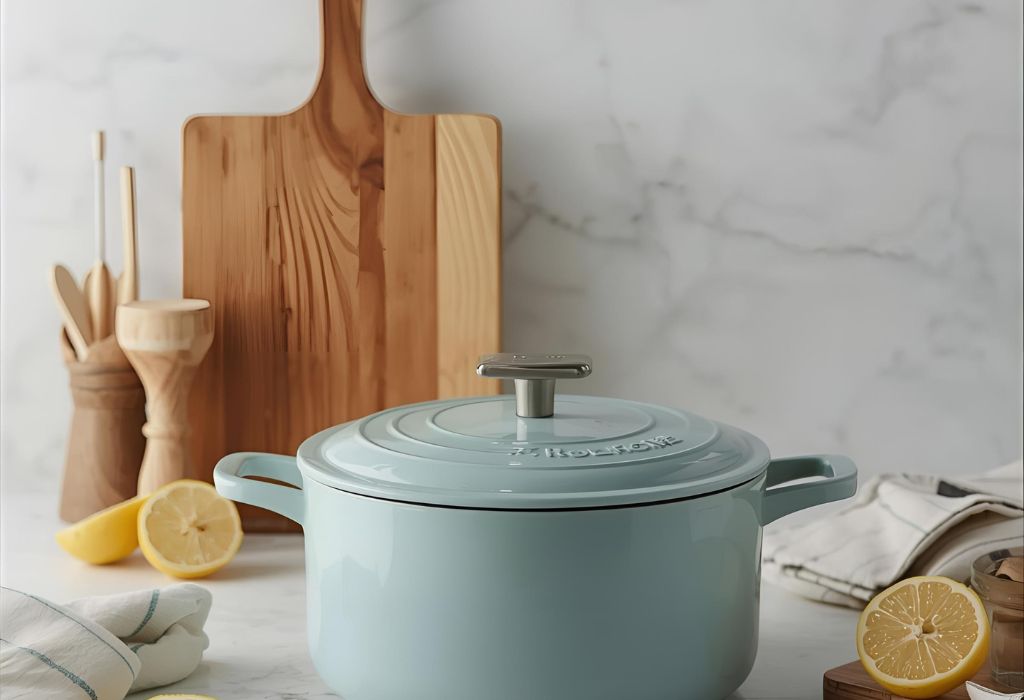
Ceramic cookware performs impressively when new. The slick surface allows food to release easily, reducing the need for oil or butter and making cleanup simple. This benefit supports healthier cooking habits and adds convenience to everyday meals.
Heat tolerance is another strength. Ceramic coatings can often handle temperatures above 370 °C (700 °F), making them safer for searing, oven use, and high-heat cooking compared to PTFE pans, which begin to degrade at lower temperatures.
However, this strong performance rarely lasts as long as buyers expect. Tests show that ceramic non stick coatings tend to lose their slickness faster than traditional PTFE-based cookware, with noticeable decline often appearing within two to three years of regular use.
Durability is also a concern when it comes to scratching and chipping. Metal utensils, abrasive cleaners, and even stacking pans without protection can damage the coating, leaving surfaces rough and less effective.
Dishwasher use further reduces longevity. The combination of harsh detergents, high water pressure, and heat gradually breaks down the sol-gel layer, which is why most experts recommend hand-washing instead.
These weaknesses do not mean ceramic cookware is ineffective. It remains a good option for safe cooking if users are willing to adopt careful maintenance routines and accept that it may not last as long as other cookware types.
Ceramic vs PTFE/Teflon vs Stainless/Cast Iron
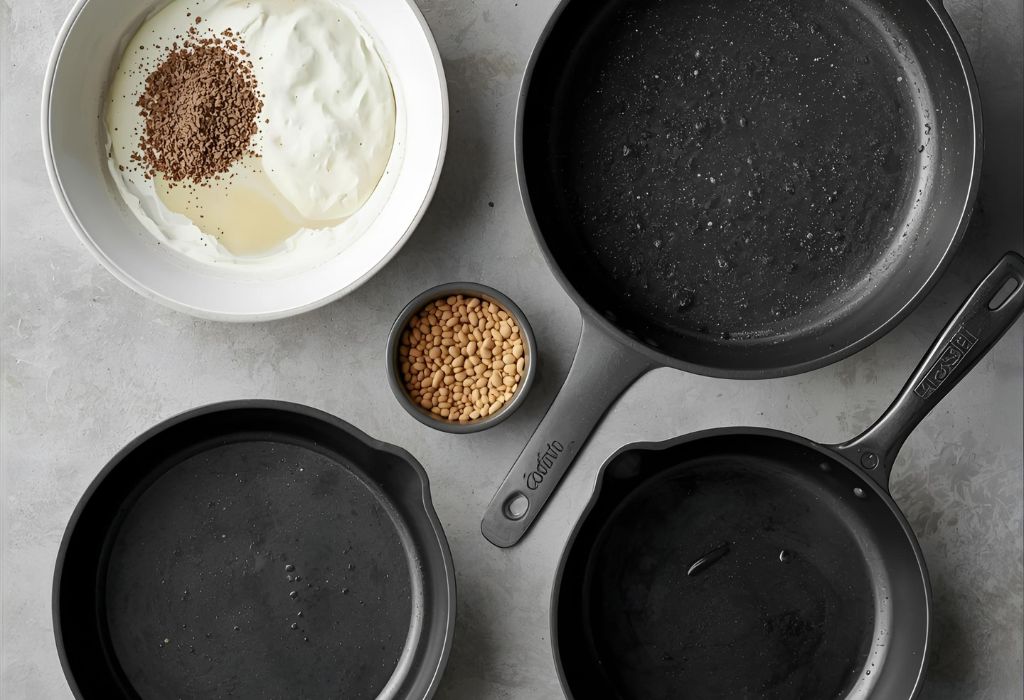
When comparing cookware, ceramic stands out for being PFAS-free and PTFE-free. This makes it attractive for households that want to avoid chemicals associated with traditional Teflon coatings.
PTFE-based non stick pans, often called Teflon, offer excellent slickness and longer-lasting performance. However, they must be kept below 260 °C (500 °F), as overheating can release fumes that may be harmful. Ceramic coatings can generally tolerate higher temperatures without this risk.
Stainless steel cookware provides unmatched durability and is completely free of non stick coatings. It requires more oil and cooking skill but can last decades without losing its effectiveness. For many professional kitchens, stainless steel remains a staple because it does not degrade over time.
Cast iron is another strong alternative. It can be seasoned to create a natural non stick surface and handles extremely high heat with ease. Cast iron is heavy and requires more maintenance, but it excels in durability and heat retention.
In terms of health and convenience, ceramic cookware offers a middle ground. It avoids chemical risks linked to PTFE, performs well at high heat, and supports low-oil cooking. The trade-off is a shorter lifespan compared to stainless steel or cast iron, and often shorter than PTFE when it comes to long-term non stick performance.
How to Choose Healthy Ceramic Cookware
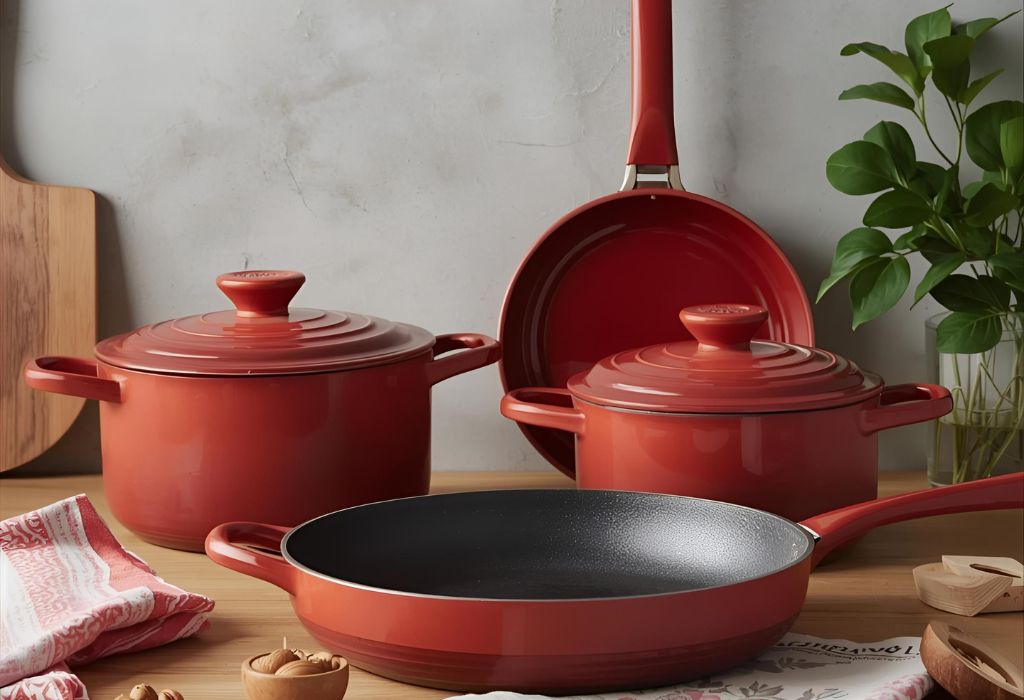
Selecting the right ceramic cookware begins with understanding product labels. A pan advertised as PFAS-free, PTFE-free, and free of heavy metals such as lead or cadmium is generally a safer choice. Reputable brands often share testing results or certifications to confirm their claims.
The quality of the base material is equally important. Hard-anodized aluminum bases deliver excellent heat distribution, while stainless steel cores provide additional strength and resistance to warping. These features not only improve cooking results but also help the ceramic coating perform more consistently.
Reinforced coatings are another factor to consider. Options infused with diamond, titanium, or other durable materials are designed to resist scratches and extend the lifespan of the non stick surface. While these pans are often more expensive, they can offer better long-term value.
Consumers should also examine heat ratings and oven safety. High-quality ceramic cookware typically lists a maximum oven temperature, showing how much heat the coating can handle without damage. Choosing cookware with a higher rating ensures flexibility for different cooking styles.
Finally, brand reputation matters. Established names that invest in research, quality control, and transparency are more likely to provide cookware that is both healthy and durable. When asking is ceramic cookware healthy, choosing trusted manufacturers is one of the best ways to ensure the answer leans yes.
Care & Cleaning to Keep Ceramic Safe and Slick
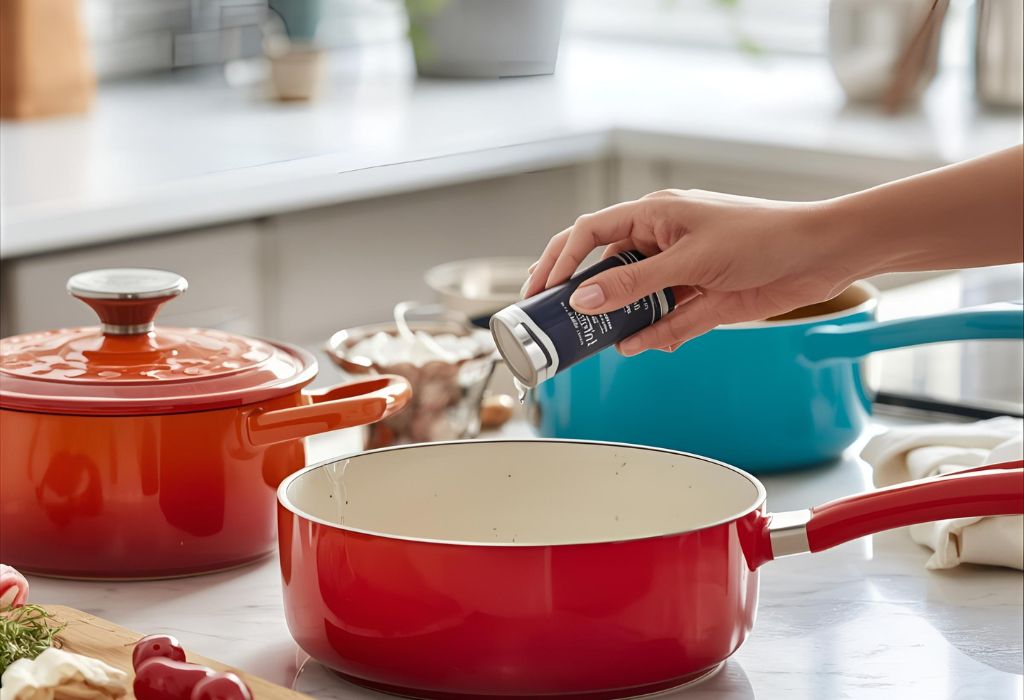
The health and performance of ceramic cookware depend heavily on how it is maintained. Proper cleaning and storage can extend its lifespan while keeping the non stick surface safe for cooking.
Hand-washing is the best approach for ceramic pans. Harsh dishwasher detergents and high water temperatures can break down the sol-gel coating, causing the surface to lose its smoothness much faster.
Using soft utensils is equally important. Wooden, nylon, or silicone tools prevent scratches, while metal utensils can chip or damage the coating, making the pan less effective and harder to clean.
Heat management also plays a role in longevity. Ceramic cookware performs best at low to medium heat, as constant exposure to very high temperatures may weaken the coating and reduce its non stick properties.
Storage should not be overlooked. Placing cloth or paper towels between stacked pans helps protect the coating from scratches and chips. This small habit preserves both the appearance and functionality of the cookware.
With consistent care, ceramic cookware maintains its non toxic benefits and cooking performance. These simple habits ensure that the answer to is ceramic cookware healthy remains yes, both in terms of safety and long-term usability.
Cost & Value — Healthy Investment or Clever Marketing?
Ceramic cookware is often marketed as an affordable way to cook safely without exposure to PFAS or PTFE. Many entry-level sets are priced lower than premium stainless steel or cast iron, making them attractive to budget-conscious buyers.
The challenge comes with durability. Most ceramic coatings wear down faster than other cookware surfaces, often within two to three years, which means replacements may be needed more frequently.
Premium ceramic cookware with reinforced coatings or thicker bases costs more but usually delivers better performance and longer lifespan. This raises the overall value for those willing to invest in higher-quality options.
Health benefits also factor into the calculation. For many households, the peace of mind that comes with chemical-free, PFAS-free cooking outweighs the need for ultra-long durability.
When asking is ceramic cookware healthy, the financial perspective shows a trade-off. Ceramic pans can be worth the investment for safety and convenience, but they may not be the most cost-effective choice if longevity is the top priority.
Market Trends & What’s Next

The demand for ceramic cookware has grown steadily as consumers seek healthier and more eco-friendly alternatives. Reports show that the global cookware market is expanding, with PFAS-free products like ceramic playing a major role in this growth.
Manufacturers are responding by developing stronger coatings designed to resist scratches and last longer. Diamond-reinforced and multi-layer ceramic finishes are becoming more common in premium lines.
Hybrid designs are also entering the market. These combine ceramic coatings with stainless steel or hard-anodized aluminum bases to improve heat distribution and durability while keeping the cookware non toxic.
Sustainability trends are influencing cookware innovation as well. Brands are emphasizing recyclable materials, reduced chemical use, and transparent labeling to meet growing consumer expectations.
The future of ceramic cookware appears to focus on balancing health benefits with longer lifespan. As technology advances, buyers may see products that are both safer for the kitchen and more durable over time, strengthening the case for choosing ceramic cookware.
Conclusion
The question is ceramic cookware healthy does not have a one-size-fits-all answer. Ceramic pans are PFAS-free, PTFE-free, and safe at high heat, making them a healthier choice compared to many traditional non stick options.
At the same time, their coating tends to wear out more quickly, especially if exposed to metal utensils, high heat, or dishwasher cycles. Durability remains the biggest drawback when weighing ceramic against stainless steel, cast iron, or PTFE-based cookware.
For those who value non toxic cooking and eco-friendly materials, ceramic cookware can be a smart addition to the kitchen. Choosing high-quality brands, practicing gentle care, and managing heat properly will help maximize both health benefits and performance.
I’m Emma J. Caldwell, the founder, lead writer, and home-cooking enthusiast behind KitchenGuideCo.com. With a background in culinary arts and over a decade of cooking experience in both professional and personal kitchens, I created this platform to demystify recipes, offer smart kitchen gadget reviews, and guide readers through meal prep with confidence and clarity.

